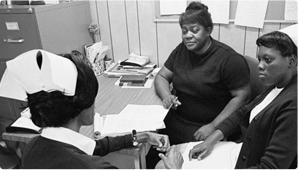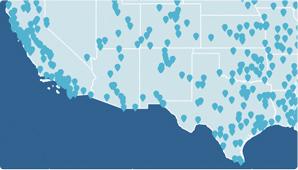
In 1965 the nation’s first community health centers were launched as a small demonstration program as part of the President Johnson’s Office of Economic Opportunity. With roots in the both the civil rights movement and the War on Poverty, the earliest health centers had as their mission no less than using the health care system to change the health and lives of their communities’ residents.
Since their early days, health centers have flourished as perhaps few would imagine. In 2014, more than 1200 health centers now provide health care to 22 million patients throughout the 50 states, the District of Columbia, and the U.S. territories.
Patients Served Today
23 MILLION





